I am doing a project in opencv to detect obstacle in the path of a blind person using stereo calibration. I have calculated the disparity map correctly. Now to find the distance of obstacle from the camera, I want its 3D coordinates [X,Y,Z] , which I am guessing can be found by reprojectImageTo3D(), but I dont have the Q matrix to use in this function because the Q matrix I am getting from stereoRectify() is coming null probably because I used pre calibrated images. Although I do have the inrinsic and extrinsic parameters of my camera. So my question is that how can I manually create the Q matrix to directly use in the function reprojectImageTo3D(), if I know the focal length, baseline and everything else about my camera? What is the basic format of the Q matrix?
-
2A brief discription of the 3D reconstruction for stereo vision is given below in the following picture. You can get the **Q matrix** and have a better understanding of it from the process. [](https://i.stack.imgur.com/LrDRD.jpg) – Gavin Gao Jan 21 '19 at 14:39
-
@GavinGao what about going from rectified to unrectified coordinate system ? – Pedro77 Jul 27 '22 at 04:41
-
@Pedro77 It is the inverse process. – Gavin Gao Jul 30 '22 at 05:36
2 Answers
The form of the Q matrix is given as follows:
In that image, cx and cy are the coordinates of the principal point in the left camera (if you did stereo matching with the left camera dominant), c'x is the x-coordinate of the principal point in the right camera (cx and c'x will be the same if you specified the CV_CALIB_ZERO_DISPARITY flag for stereoRectify()), f is the focal length and Tx is the baseline length (possibly the negative of the baseline length, it's the translation from one optical centre to the other I think).
I would suggest having a look at the book Learning OpenCV for more information. It's still based on the older C interface, but does a good job of explaining the underlying theory, and is where I sourced the form of the Q matrix from.
-
1
-
1Hi, I know that cx and cy are measured in pixels. What is the unit measure of f and Tx? – Employee Aug 21 '19 at 19:23
-
2@Employee : f is in units pixels of pixels. Tx is in metres (or millimetres) – ianinini Jan 24 '20 at 18:14
-
if you want to create directly Q matrix:
cv::Mat Q;
Q.at<double>(0,0)=1.0;
Q.at<double>(0,1)=0.0;
Q.at<double>(0,2)=0.0;
Q.at<double>(0,3)=-160; //cx
Q.at<double>(1,0)=0.0;
Q.at<double>(1,1)=1.0;
Q.at<double>(1,2)=0.0;
Q.at<double>(1,3)=-120; //cy
Q.at<double>(2,0)=0.0;
Q.at<double>(2,1)=0.0;
Q.at<double>(2,2)=0.0;
Q.at<double>(2,3)=348.087; //Focal
Q.at<double>(3,0)=0.0;
Q.at<double>(3,1)=0.0;
Q.at<double>(3,2)=1.0/95; //1.0/BaseLine
Q.at<double>(3,3)=0.0; //cx - cx'
But you should calibrate both cameras and then get Q matrix from cv::stereoRectify. Be carefull, read Q matrix as double values.
- 51
- 1
- 1
